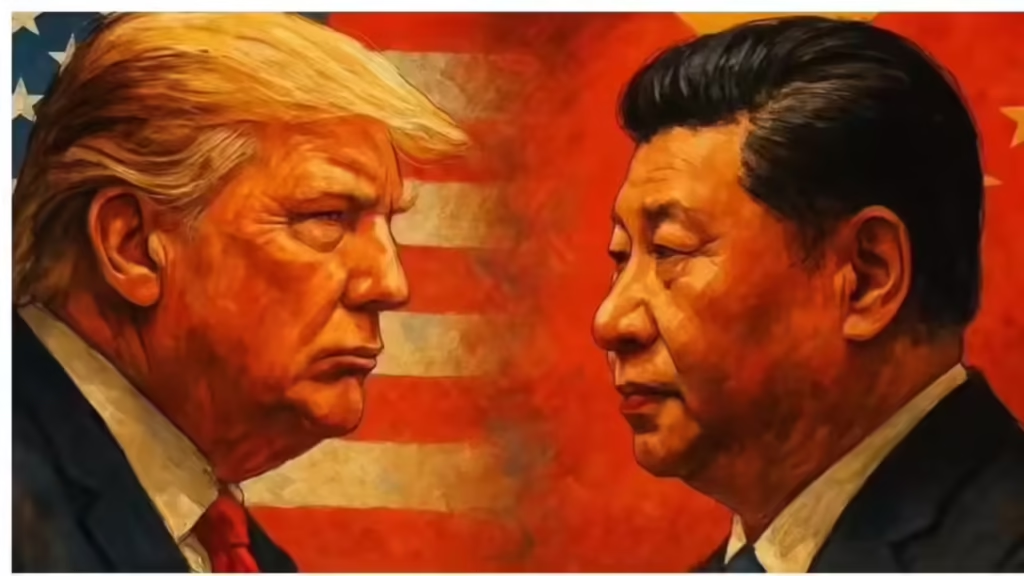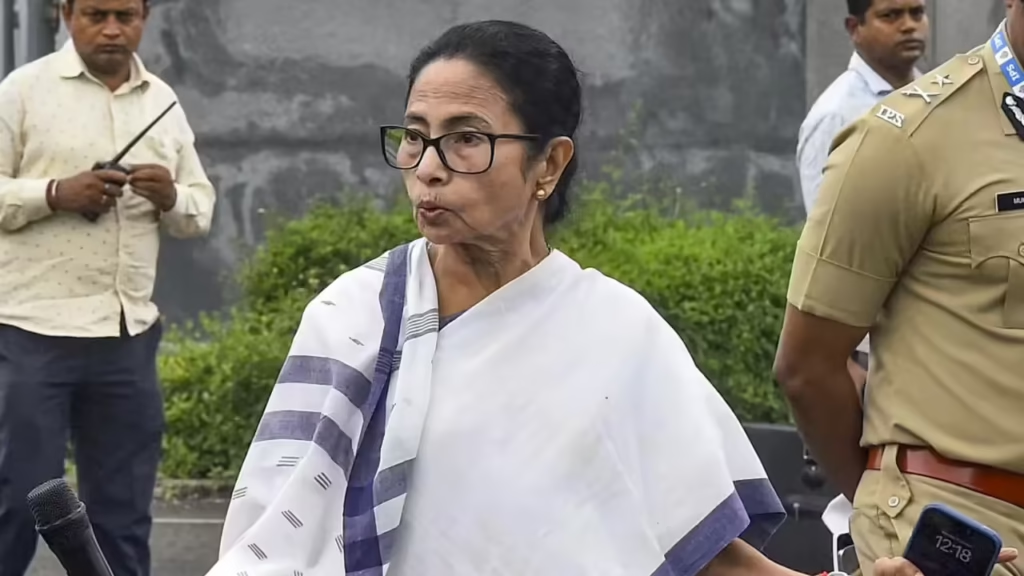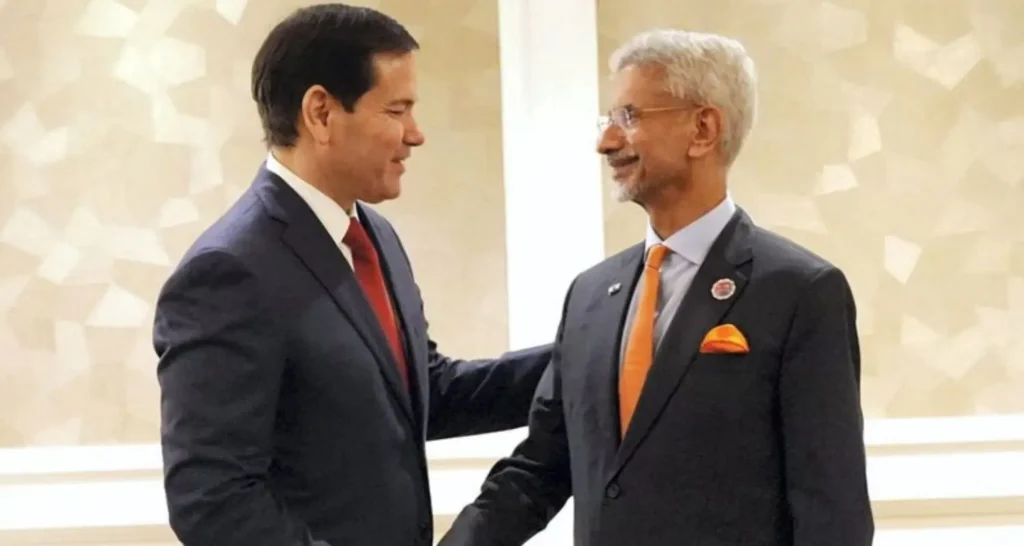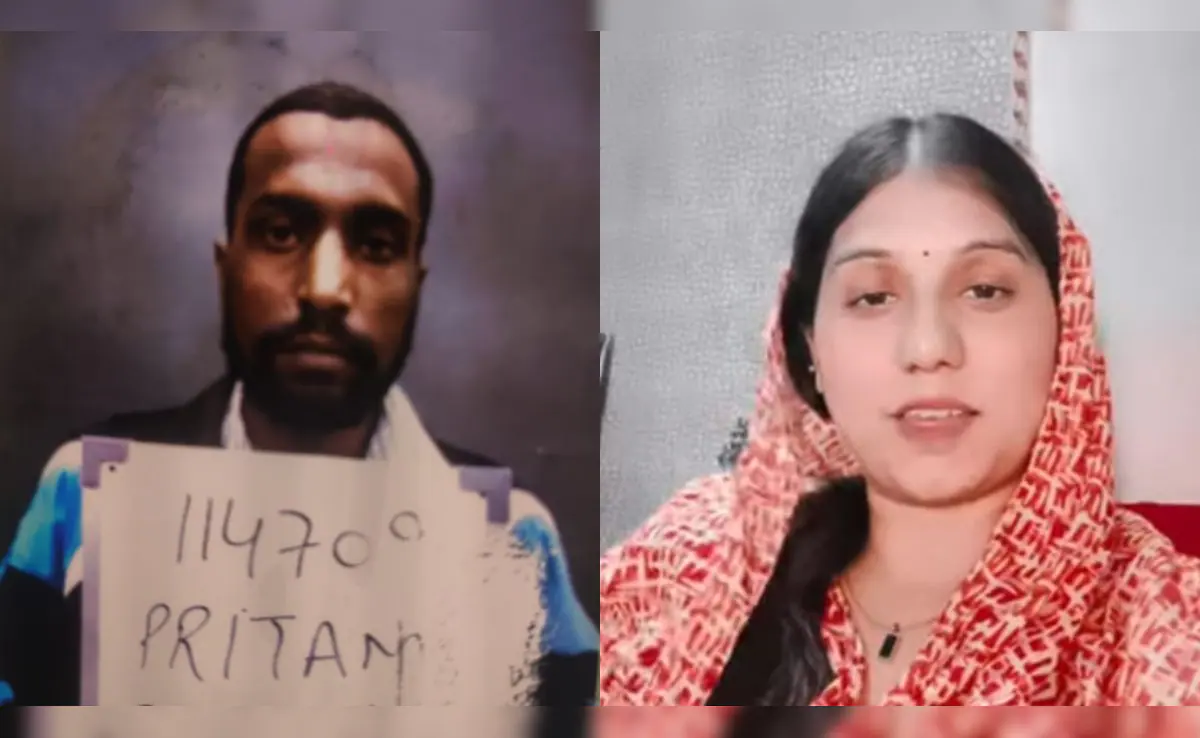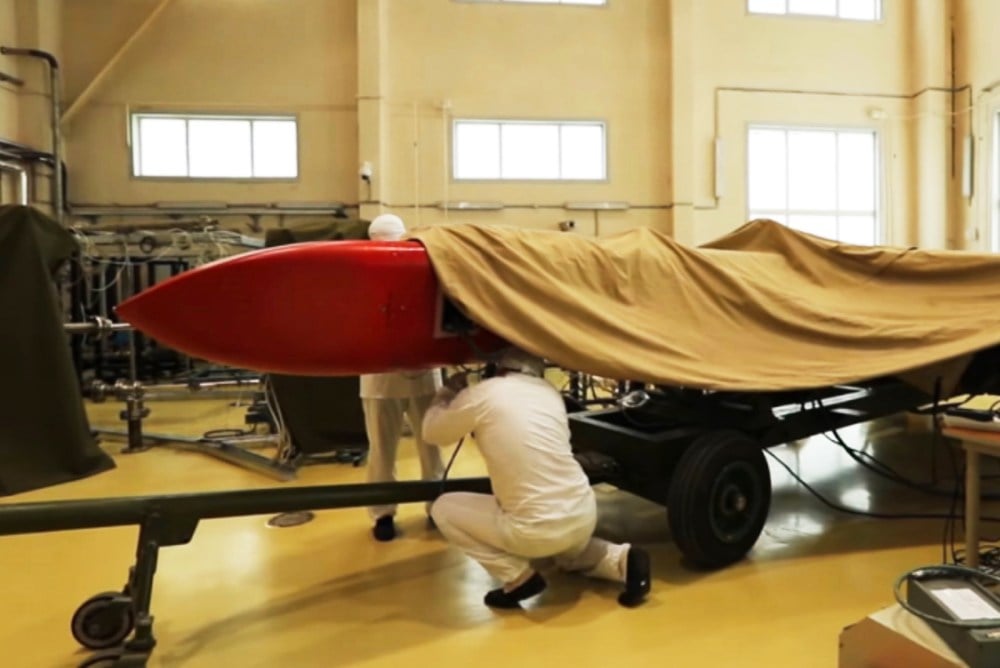Now Reading: Celebrating 150 Years of ‘Vande Mataram’: A Song That Binds 140 Crore Indians
-
01
Celebrating 150 Years of ‘Vande Mataram’: A Song That Binds 140 Crore Indians
Celebrating 150 Years of ‘Vande Mataram’: A Song That Binds 140 Crore Indians
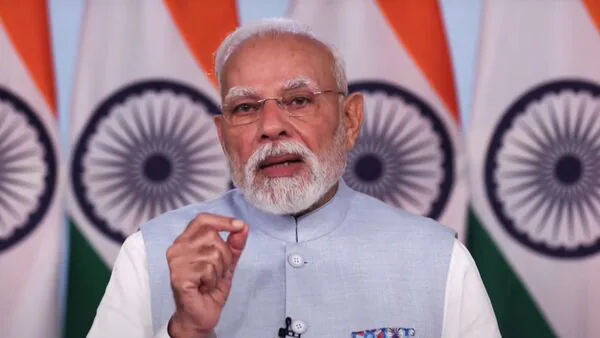
The upcoming 150th anniversary of the national song “Vande Mataram” is drawing renewed attention, with leaders calling it a powerful symbol of unity across India. Described as “a mantra that connects 140 crore Indians,” the song’s legacy is being reignited at a time when national identity and cultural memory matter deeply.
Historic Roots and National Meaning
Composed in the 19th century, “Vande Mataram” emerged against the backdrop of India’s freedom movement. It became more than just a song—it became an expression of collective resolve and pride in the motherland. For many, the first lines evoke an emotional response that speaks to intrinsic national identity, even decades after the colonial era.
As India moves through rapid change—economically, socially and digitally—the enduring relevance of the song offers a bridge between past generations and today’s youth. It reminds citizens that cultural heritage and contemporary progress need not be in conflict.
Why It Resonates Across Small Towns and Tier-2 Cities
In India’s Tier 2 cities and semi-urban areas, celebrations of national heritage often carry special weight. Many towns host local gatherings, school events and cultural programmes that use “Vande Mataram” as a focal point. For residents, especially those outside major metros, the song embodies belonging and hope. It stands for community pride just as much as national unity.
When leaders invoke the song as a rallying call, it speaks to those in smaller towns who may feel overlooked in national discourse. It roots their aspirations in a shared cultural past, while also pointing to a future of inclusive growth.
What the 150th Milestone Means Today
Marking the 150th anniversary isn’t just about nostalgia. It serves as a reminder to revisit the values of courage, sacrifice and unity that the song represents. In a rapidly changing India—with digital media, globalisation and evolving identities—it acts as a stabilising link, urging people to reflect on collective goals and national cohesion.
It also offers an opportunity for educational institutions, cultural bodies and civic groups to bring discussions about history, citizenship and cultural cohesion closer to the ground—especially in towns where such dialogue may not be frequent.
Conclusion
As India prepares to commemorate this milestone, “Vande Mataram” remains more than a relic—it remains a resonant call for unity, shared identity and forward movement. For citizens in metros and smaller towns alike, the song provides a moment to pause, remember and recommit to a collective journey. In celebrating its 150th year, the real test lies in connecting that heritage with tomorrow’s vision.








